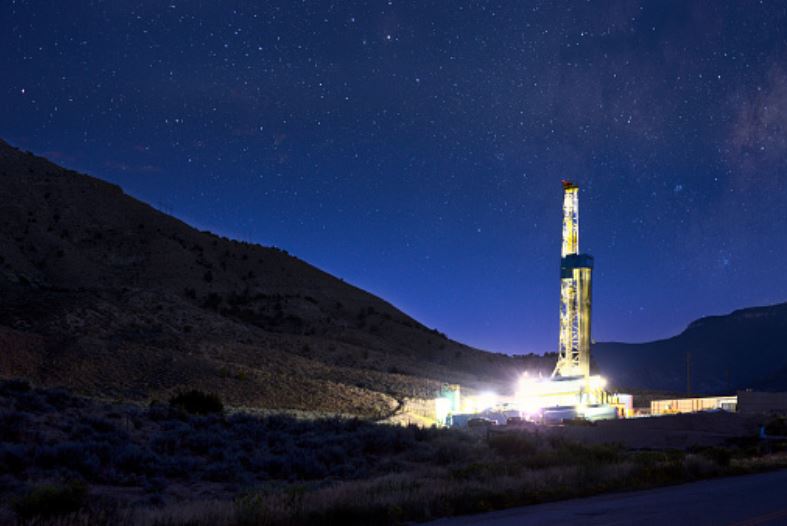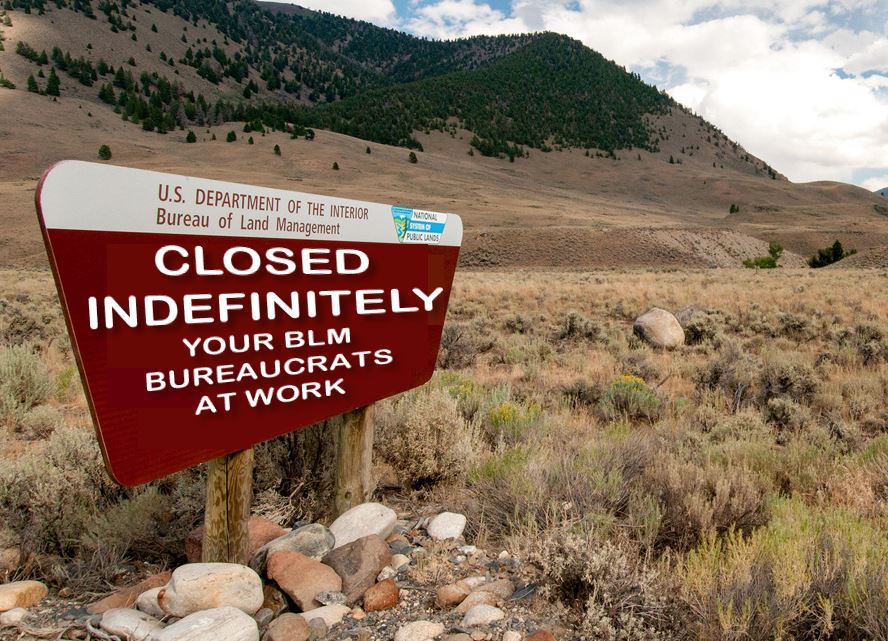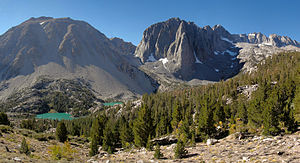The Supreme Court must restore NEPA’s original purpose

President Donald Trump’s “Unleashing American Energy” executive order directly attacks the chief reason for the nation’s inability to permit major projects expeditiously, including those seeking to develop domestically available energy and minerals: the National Environmental Policy Act.
Signed on Inauguration Day, in a section titled “Unleashing Energy Dominance through Efficient Permitting,” the executive order revokes an NEPA order signed by former President Jimmy Carter in 1977, which the nation’s second-highest federal court ruled late last year exceeded his statutory authority.
Thus, Trump restored Congress’s intent when it enacted the NEPA in 1969 by directing the White House Council on Environmental Quality to issue guidance implementing the statute, revoke conflicting Council on Environmental Quality NEPA regulations, coordinate the development of consistent agency-level NEPA regulations to “expedite permitting approvals and meet [statutory] deadlines,” and ensure agencies “prioritize efficiency and certainty over any other objectives.”
Now the rulemaking entailed in issuing and finalizing new NEPA regulations will require time, weeks, if not months. Meanwhile, however, sometime before the end of June, Trump may get help restoring the NEPA to what Congress intended from the Supreme Court.
Early last month, the court heard oral arguments in a case out of rural northeastern Utah, where seven counties seek to permit an 88-mile railroad line, the Uinta Basin Railway, to connect the isolated region with the national rail network. The Unita Basin, which covers 12,000 square miles, an area the size of Maryland, in northwestern Colorado and northeastern Utah, lies separated from the nation’s economy by the western Rocky Mountains’ passes and plateaus, accessible only by two-lane highways over those mountain passes.
As a result, its abundant and valuable minerals, natural gas, and waxy crude oil remain largely untapped. Likewise, the alfalfa, corn, and cattle produced by the region’s farmers and ranchers linger locked out of the national marketplace. The key to the early success of the new line and its availability for future revitalization of the entire basin is its highly sought-after, environmentally superior — that is, its low-sulfur, low-metals, and low-nitrogen content — waxy crude oil, which is used to produce automobile lubricant base stocks and low-sulfur marine bunker fuels.
Seven County Infrastructure Coalition, an independent political subdivision of Utah composed of Carbon, Daggett, Duchesne, Emery, San Juan, Sevier, and Uintah counties, advised the Surface Transportation Board, the independent federal agency that assumed railroad regulatory responsibilities in 1996 with the abolition of the Interstate Commerce Commission, of its planned economic development project, the Unita Basin Railway, to initiate the board’s environmental review obligations under the NEPA.
The coalition provided the board with estimates of the project’s oil production range and the number of trains that might use it. In addition, the coalition advised the board of distant refineries that might prefer the basin’s waxy crude oil instead of that from existing suppliers. The coalition, however, had no information as to who exactly might develop or refine that oil.
After two years and two months, consultation with dozens of agencies, and public discussions, the STB released a 3,600-page environmental impact statement with 20 appendices that addressed “major impacts, minor impacts, downline impacts and cumulative impacts” regarding three alternative rail alignments focused solely, while considering every proximate effect, on the environmental consequences of the new rail line. As to new oil wells, the board concluded, none was “proposed or planned,” but all such future projects are subject to NEPA review by other federal agencies.
Likewise, the board could not “identify specific refineries” that would be the beneficiaries of future oil production, but whether those refineries were in Louisiana, Texas, Kentucky, Oklahoma, or Washington, they too are subject to separate federal regulatory regimes. As to safety on the Union Pacific’s line with which the Unita Basin Railway will connect, it is regulated by the Federal Railroad Administration and beyond the scope of the board’s NEPA review. As a result, after ordering 81 mitigation measures, the board approved the railway.
Eagle County, Colorado, and various environmental groups sued in the U.S. District Court for the District of Columbia arguing that 3,600 pages were not sufficient and demanding the Surface Transportation Board conduct an NEPA review of the environmental impacts of drilling oil wells in the Unita Basin, refining waxy crude oil in Louisiana and elsewhere, and ensuring the safety of freight cars passing through Colorado Ski Country USA. Eagle County thus challenged the board’s reliance on two unanimous Supreme Court rulings, one in 1983 and one in 2004, that, as necessitated from the NEPA’s earliest days, demanded “common sense” or a “rule of reason” in interpreting what the NEPA requires.




